Commercial Fryers: Choosing the Perfect Fryer for Your Restaurant
When it comes to running a successful restaurant, having the right equipment is essential. One of the key pieces of equipment that every restaurant should have is a commercial fryer. Whether you’re serving up crispy french fries, golden chicken tenders, or mouthwatering donuts, a commercial fryer can make all the difference in the quality of your fried food. In this comprehensive guide, we will walk you through the various aspects of choosing the perfect fryer for your restaurant.
Why Invest in a Commercial Fryer?
Before we delve into the specifics of choosing a commercial fryer, it’s important to understand why investing in one is crucial for your restaurant’s success. Commercial fryers offer several advantages over their residential counterparts:
Efficiency
Commercial fryers are designed to handle large volumes of food quickly and efficiently. This means shorter wait times for your customers and increased productivity in the kitchen.
Consistency
Consistency is key in the restaurant industry. Commercial fryers are built to maintain consistent temperatures, ensuring that every batch of fried food comes out perfectly cooked.
Durability
Commercial fryers are constructed with heavy-duty materials that can withstand the demands of a busy restaurant kitchen. They are built to last, reducing the need for frequent replacements.
Safety
Commercial fryers come with safety features like automatic shut-off timers and built-in fire suppression systems to protect your staff and customers from accidents.
Now that we understand the importance of a commercial fryer, let’s explore the factors you should consider when choosing the perfect one for your restaurant.
Types of Commercial Fryers
There are several types of commercial fryers available on the market, each with its own set of features and advantages. Understanding the different types will help you narrow down your options:
Countertop Fryers
Countertop fryers are compact and ideal for small restaurants or establishments with limited kitchen space. They are versatile and can fry various types of food, from chicken wings to onion rings. Countertop fryers usually have one or two frying baskets and are easy to operate.
Floor Fryers
Floor fryers are larger and more powerful than countertop fryers. They are suitable for high-volume operations, such as busy fast-food restaurants or large-scale catering businesses. Floor fryers can have multiple fry baskets, allowing you to fry different foods simultaneously.
Ventless Fryers
Ventless fryers are a great choice for restaurants with ventilation limitations. These fryers are equipped with advanced filtration systems that capture and eliminate grease and odor, making them suitable for indoor locations without extensive ventilation infrastructure.
Pressure Fryers
Pressure fryers are commonly used in fast-food chains for frying chicken. They use pressure to cook food quickly, resulting in a crispy exterior and tender interior. If your restaurant specializes in fried chicken, a pressure fryer may be the right choice.
Tube Fryers
Tube fryers are known for their energy efficiency and even cooking. They have a series of tubes that heat the oil uniformly, reducing the chances of hot spots. This makes them an excellent choice for delicate items like pastries and donuts.
Commercial Deep Fryer Capacity and Volume
When choosing a commercial fryer, it’s essential to consider the volume of fried food your restaurant expects to produce regularly. The capacity of a fryer is typically measured in pounds of food that can be fried per hour. Be sure to select a fryer that can handle your expected output without overloading it, as this can lead to uneven cooking and decreased efficiency.
Fuel Source
Commercial fryers are available in electric and gas models, each with its own advantages:
Electric Fryers
- Easy Installation: Electric fryers are easy to install and do not require a gas hookup, making them suitable for locations without gas lines.
- Precise Temperature Control: Electric fryers offer precise temperature control, which is crucial for consistent frying.
- Energy Efficiency: Electric fryers are often more energy-efficient than gas fryers, resulting in lower operating costs.
Gas Fryers
- Faster Heating: Gas fryers heat up faster than electric fryers, which can be beneficial in a high-demand kitchen.
- Lower Operating Costs: In some regions, natural gas can be more cost-effective than electricity, resulting in lower operating costs over time.
- High Heat Output: Gas fryers can achieve higher temperatures, allowing for faster frying and crispy results.
The choice between electric and gas fryers should align with your kitchen setup, budget, and energy costs.
Fryer Features and Options
When selecting a commercial fryer, consider the following features and options to ensure it meets your restaurant’s specific needs:
Thermostatic Controls
Thermostatic controls allow you to set and maintain the desired oil temperature automatically. This feature ensures consistent frying results and minimizes the risk of food overcooking or undercooking.
Basket Lifters
Fryers equipped with basket lifters simplify the process of draining and removing food from the fryer. This feature enhances kitchen efficiency and safety.
Filtration Systems
Filtration systems are crucial for extending the life of your frying oil and maintaining the quality of your fried food. Some fryers come with built-in filtration systems, while others require separate filtration units.
Oil Recovery Systems
Oil recovery systems help reduce oil wastage by collecting and storing excess oil for reuse. This feature can lead to significant cost savings in the long run.
Portability
If your restaurant has a flexible layout or frequently hosts off-site events, consider a fryer with casters for easy mobility.
Digital Timers
Digital timers allow you to set precise cooking times, reducing the chances of overcooking or undercooking food.
Built-in Fire Suppression Systems
Safety is paramount in a commercial kitchen. Some fryers come with built-in fire suppression systems that can automatically extinguish fires in case of emergencies.
How to Maintain and Clean Deep Fryers
Regular maintenance and cleaning are essential to keep your commercial fryer in optimal condition. Look for fryers with removable components, such as heating elements and oil tanks, for easy cleaning. Additionally, consider the availability of replacement parts and the manufacturer’s reputation for customer support when making your decision.
Cost Considerations
Commercial fryers come in a wide range of prices, depending on their size, features, and brand. While it’s tempting to opt for the cheapest option, it’s crucial to balance your budget with the long-term benefits of investing in a high-quality fryer. Cheaper fryers may have higher operating costs, require more frequent maintenance, and have a shorter lifespan, ultimately costing you more over time.
Conclusion
Choosing the perfect commercial fryer for your restaurant is a critical decision that can impact the quality of your fried food, kitchen efficiency, and operating costs. Consider factors such as the type of fryer, capacity, fuel source, features, maintenance, and budget when making your selection.
Investing in a high-quality commercial fryer will not only ensure consistent and delicious fried dishes but also contribute to the success and reputation of your restaurant. Atlantic provides you the option to research and test different models to find the fryer that best suits your specific needs.

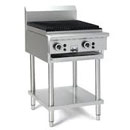
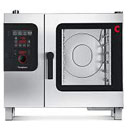
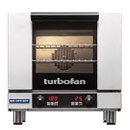
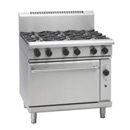
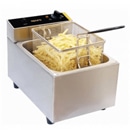
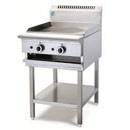
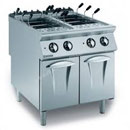
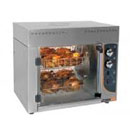
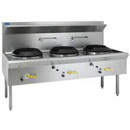
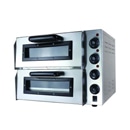
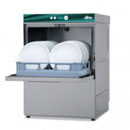
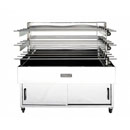
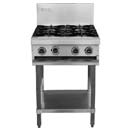
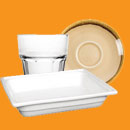
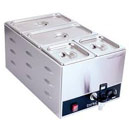
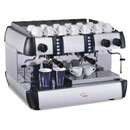
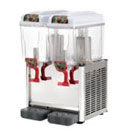
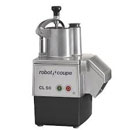
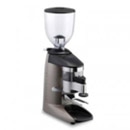
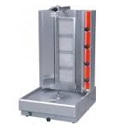
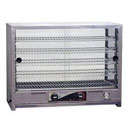
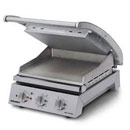
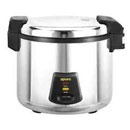
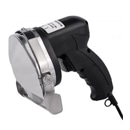
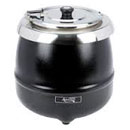
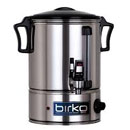
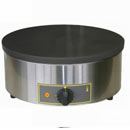
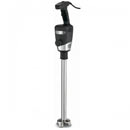
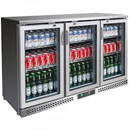
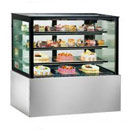
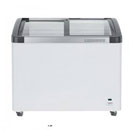
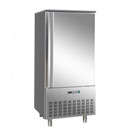
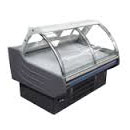
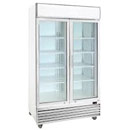
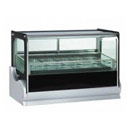
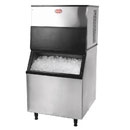
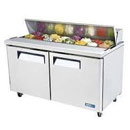
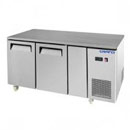
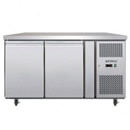
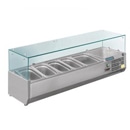
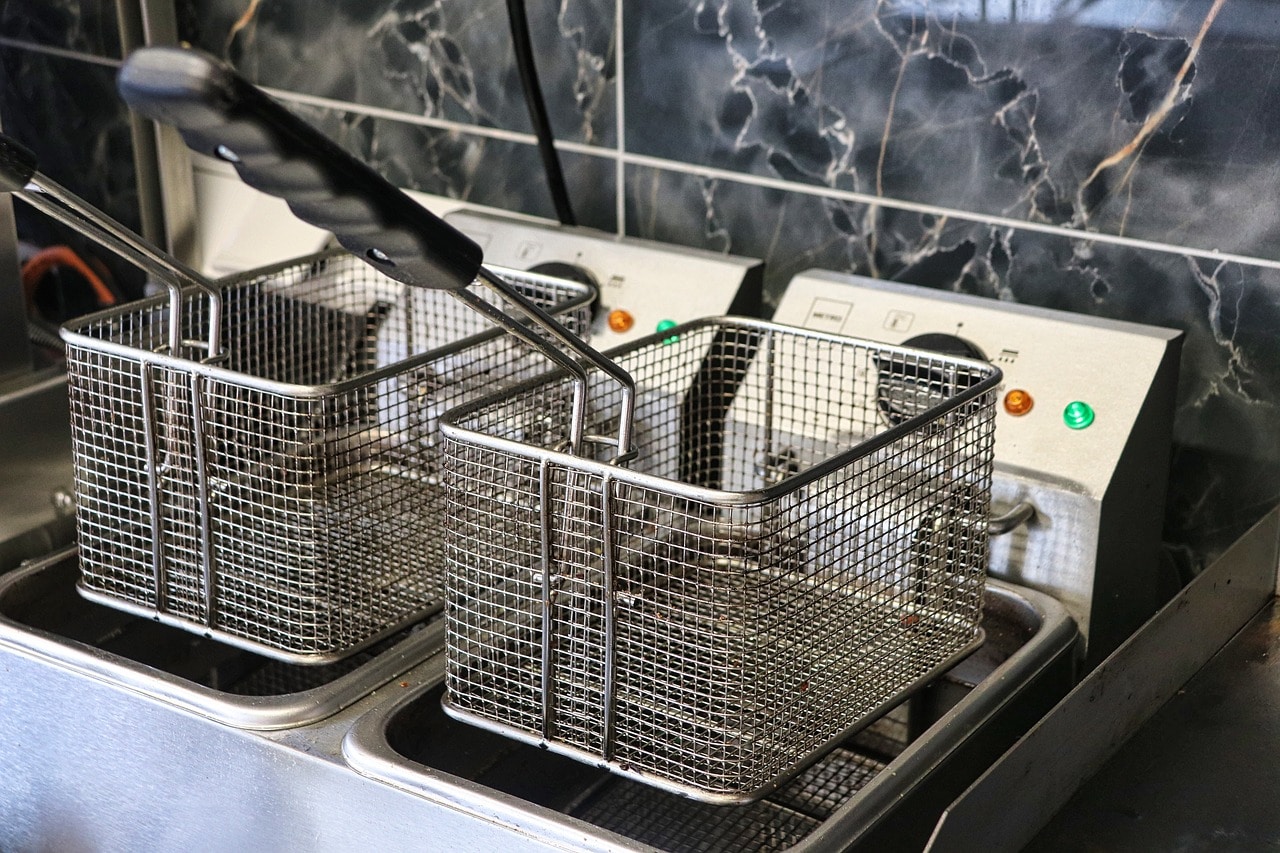

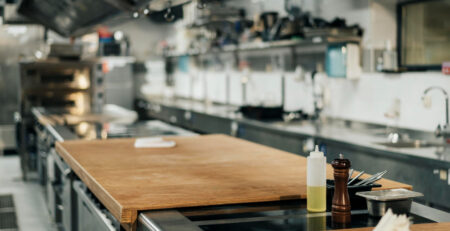

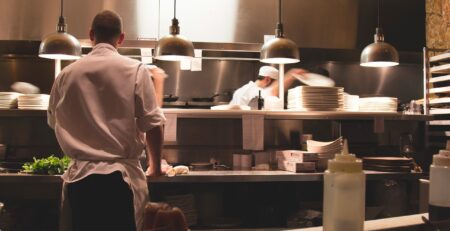
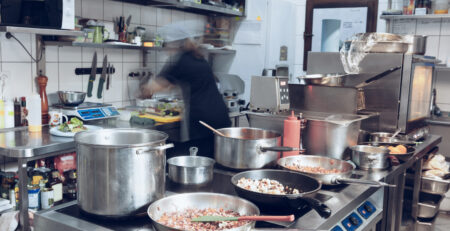
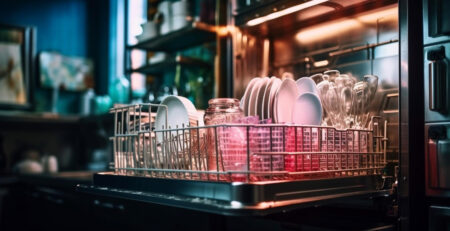
Leave a Reply